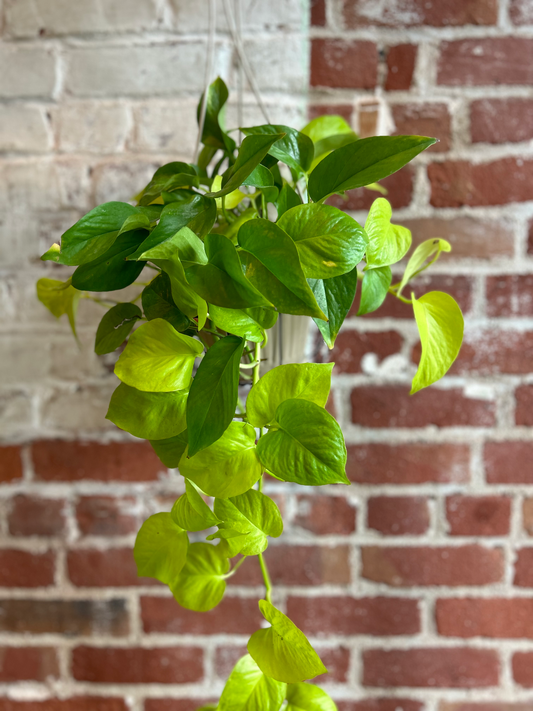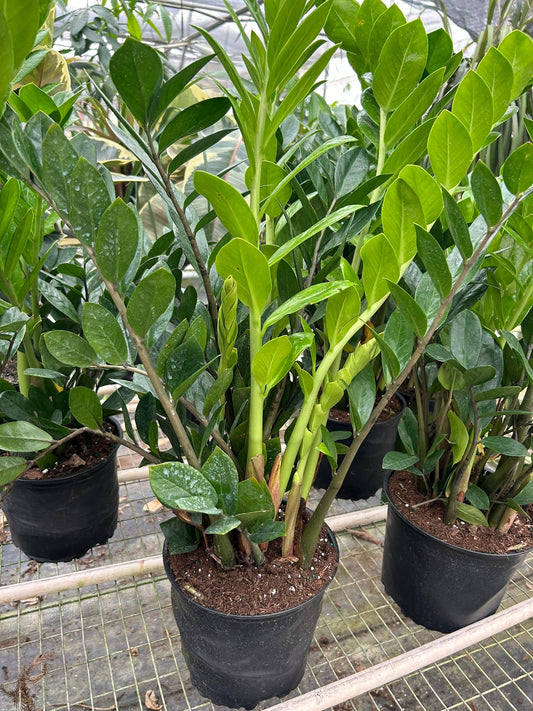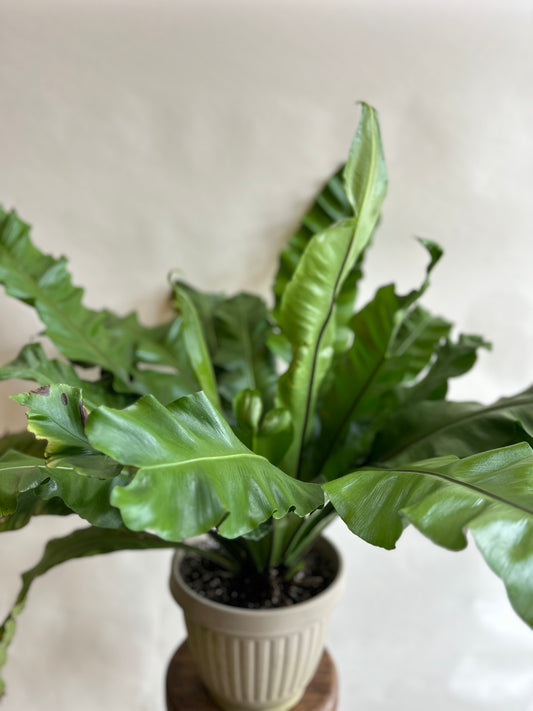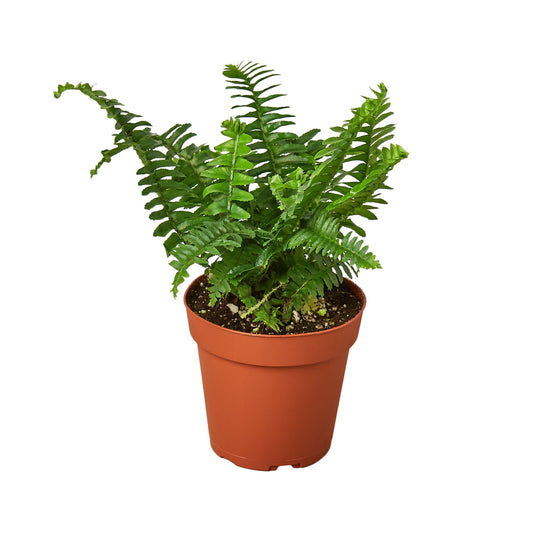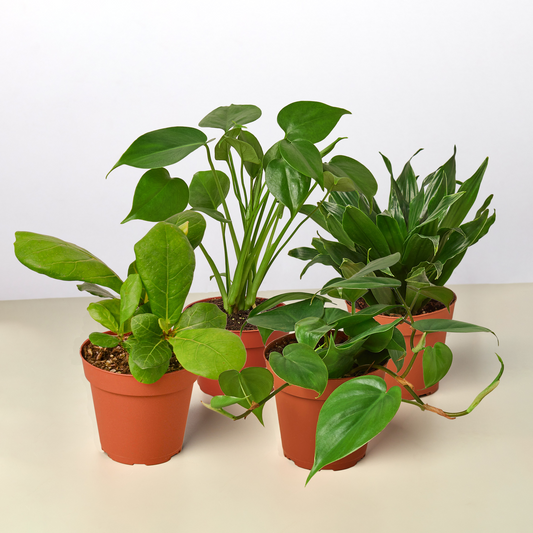Are Pincushion Cactus Toxic to Cats?
Cafe Planta Team
Have you ever wondered if your beloved houseplants are safe for your furry friends? If you're a cat owner and a plant lover, you've probably pondered this question more than once. One plant that often comes up in this conversation is the pincushion cactus. Known for its charming, spiky appearance, this cactus can add a touch of the desert to any home. But the big question remains: is it safe for cats?
In this article, we'll explore whether the pincushion cactus is toxic to cats. We'll dig into the characteristics of this prickly plant, its potential effects on your feline friends, and some practical tips for keeping both your plants and pets happy. So, whether you're a seasoned plant parent or just starting your green journey, let's get to the bottom of this prickly situation.
Is the Pincushion Cactus Toxic to Cats?
First things first, let's address the burning question: is the pincushion cactus toxic to our feline companions? The short answer is no, pincushion cacti are not toxic to cats. This may come as a relief to many cat owners who may have been worried about the potential dangers of having this plant in their home. The American Society for the Prevention of Cruelty to Animals (ASPCA) lists the pincushion cactus as non-toxic to both cats and dogs.
However, just because it isn't toxic doesn't mean it's completely harmless. The pincushion cactus is covered in spines, which can pose a physical threat to curious cats who might want to paw or nibble at it. These spines can cause discomfort or injury if they get stuck in a cat's paw or mouth.
While you might not need to worry about toxic reactions, keeping an eye on your cat around this spiky plant is still a good idea. Ensuring that your feline friend doesn't get too curious about those prickly spines can prevent any unwanted vet visits.
The Pincushion Cactus: A Closer Look
So, what exactly is a pincushion cactus? This charming plant belongs to the Mammillaria genus, which boasts over 200 species. These cacti are native to regions ranging from the Southwest United States to Central America. They thrive in rocky, desert-like environments, making them a perfect match for those who want a low-maintenance plant with a bit of personality.
One of the reasons the pincushion cactus is popular among plant lovers is its manageable size. Typically, these cacti only grow a few inches tall and wide, making them great for small spaces or even windowsills. They're characterized by their round, globular shape and are often covered with tiny, white spines that give them their "pincushion" appearance.
The pincushion cactus is also known for its pretty blooms. Depending on the species, these cacti can produce small, colorful flowers in shades of pink, red, or yellow. They usually bloom in the spring or early summer, adding a splash of color to your home.
Understanding Cat Behavior Around Houseplants
Before diving into how to keep your plants safe from your cats (and vice versa), it’s important to understand why cats are often drawn to houseplants. Cats are naturally curious creatures. They love to explore their environment, and that includes sampling the greenery you’ve brought into their domain.
There are a few reasons why your cat might take an interest in your pincushion cactus:
- Exploration: Cats often investigate things with their mouths and paws. A cactus's interesting texture might pique their curiosity.
- Play: The spines of the cactus might look like toys or something fun to bat around.
- Nibbling: Some cats chew on plants to aid in digestion or just because they like the taste.
Knowing why your cat is interested in your plants can help you find strategies to keep both your plants and your pets safe. It’s all about finding a balance that works for your household.
Keeping Cats and Pincushion Cacti Safe
Even though pincushion cacti aren't toxic, it's still wise to create a safe environment for both your plants and your cats. Here are some strategies to consider:
- Placement: Put your cactus in an area that's not easily accessible to your cat. High shelves or hanging planters can be great options.
- Distraction: If your cat is particularly interested in plants, consider providing alternative entertainment, like cat grass or toys.
- Training: Use deterrents like citrus sprays, which cats typically dislike, around the base of the plant to keep them away.
By being proactive, you can enjoy both your pincushion cacti and your cats without worry. It just takes a bit of planning and creativity to ensure that your home is a safe space for everyone involved.
Choosing Safe Plants for Cat Owners
If you're a cat owner looking to expand your plant collection, it's always a good idea to choose plants that are non-toxic and safe for your pets. Fortunately, there are plenty of plants to choose from that won't pose a threat to your feline friends.
Here are some popular, pet-friendly plants you might consider:
- Spider Plant: These are easy to care for and non-toxic to both cats and dogs.
- Bamboo Palm: A great way to add a bit of the tropics to your home, and safe for pets.
- Boston Fern: These lush ferns are non-toxic and add a nice touch of green to any room.
When bringing any new plant into your home, it's always smart to do a quick check to ensure it's safe for your pets. A little research can go a long way in keeping your household harmonious.
Signs Your Cat Might Be in Trouble
Even with the best precautions, accidents can happen. If you suspect your cat has had a run-in with your pincushion cactus or any other plant, there are some signs to watch for:
- Gagging or vomiting: This can happen if a cat eats something it shouldn’t.
- Pawing at the mouth: This could indicate that something is stuck or causing discomfort.
- Lethargy or unusual behavior: If your cat isn’t acting like itself, it’s worth investigating.
If you notice any of these symptoms, it’s best to consult with your vet to ensure your cat’s safety. They can provide guidance on the best course of action and offer peace of mind.
Caring for Your Pincushion Cactus
Now that we've covered the safety of your furry friends, let’s talk about keeping your pincushion cactus healthy and thriving. These cacti are pretty low-maintenance, which makes them perfect for busy plant parents.
Here are some care tips to keep your cactus happy:
- Light: Pincushion cacti love bright, indirect light. A south-facing window can be an ideal spot.
- Water: Like most cacti, they prefer to dry out between waterings. Water when the soil is completely dry.
- Soil: Use a well-draining cactus mix to prevent root rot.
- Temperature: They thrive in warm temperatures but can tolerate cooler nights.
With a bit of attention, your pincushion cactus can flourish and continue to add beauty to your home for years to come.
Creating a Cat-and-Plant-Friendly Home
Creating a home that's welcoming for both your cats and your plants can be a rewarding endeavor. It might take a little trial and error, but with some patience, you can find a setup that works for everyone.
Here’s how you can make your home a safe haven for both:
- Designate plant zones: By having specific areas in your home for plants, you can better control your cat’s access to them.
- Interactive play: Keeping your cat entertained with toys and playtime can reduce their interest in your plants.
- Rotate plants: Change up the location of your plants periodically to keep things interesting for both you and your cat.
By considering the needs of both your plants and pets, you can create a harmonious and vibrant living space that’s enjoyable for everyone involved.
Final Thoughts
In summary, the pincushion cactus is a charming and safe choice for cat owners looking to add a bit of green to their home. While it’s not toxic, its spines can still pose a risk, so a little caution is advised. By understanding cat behavior and taking a few simple precautions, you can keep both your plants and your pets safe and happy.
At Cafe Planta, we're here to help you navigate the world of houseplants. Whether you're looking for new additions to your plant collection or need some plant care accessories, we've got you covered. If you have questions about plant care, feel free to email us or send us a message on Instagram. We believe in the power of plants to connect us with nature and each other, and we're excited to share that journey with you.


